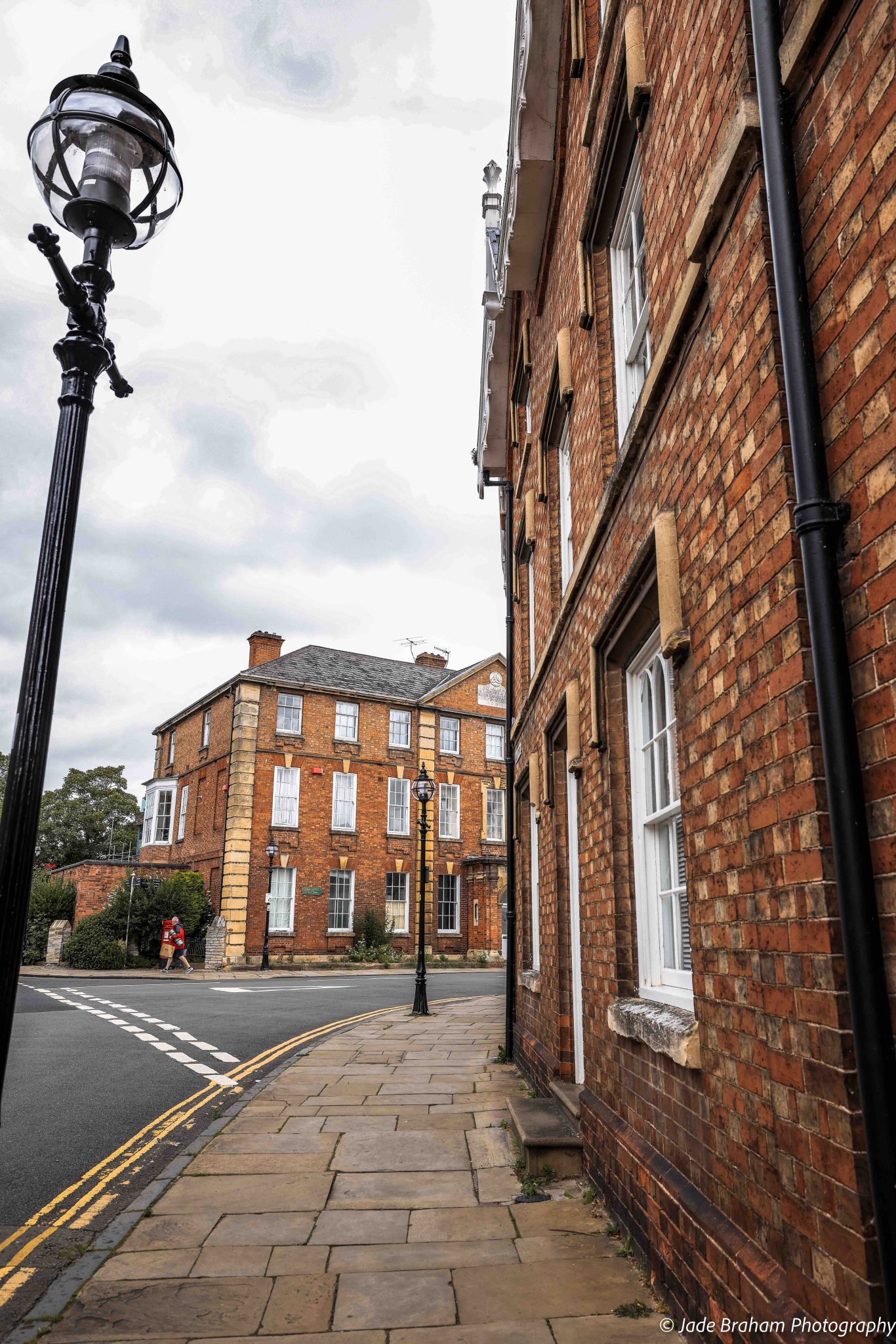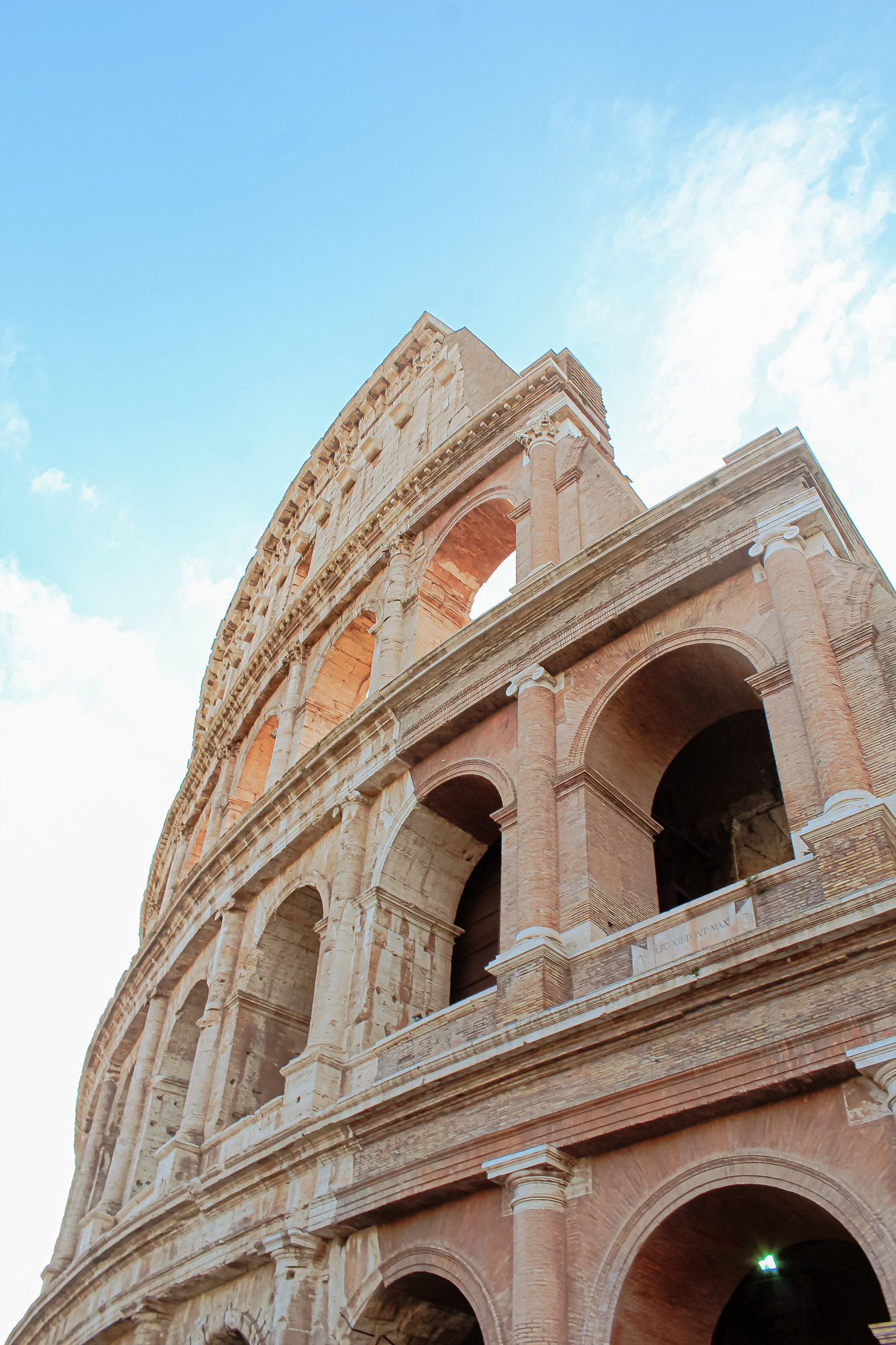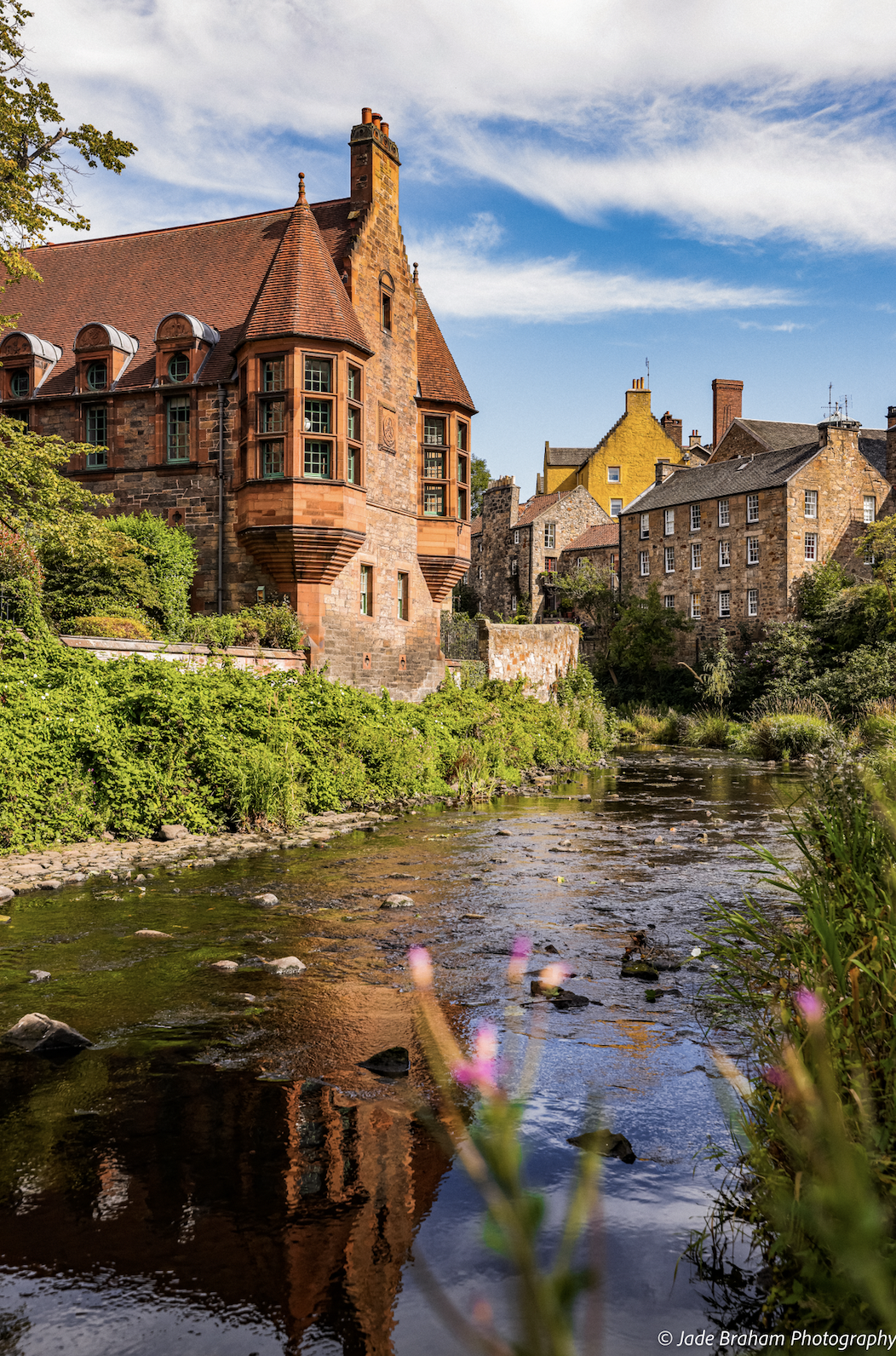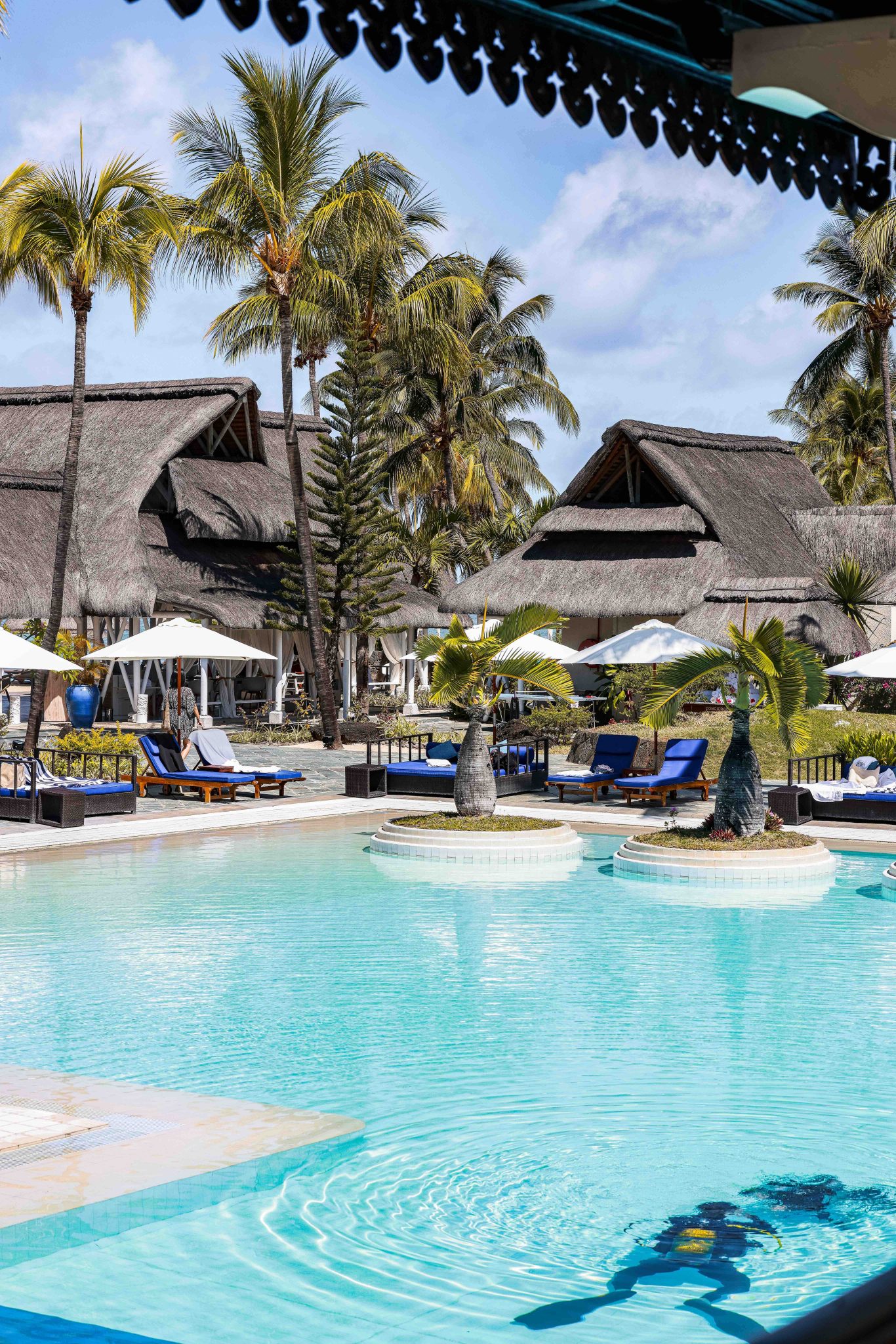How to Spend One Day In Mdina in Malta
There are some places in the world that you know are beyond exceptional as soon as you enter them. Cinque Terre in Italy is a tapestry of colour and coastal charm; Monsanto in Portugal is a village created from boulders and defies logic, and Castle Combe in the Cotswolds is a postcard-perfect village. When you think of them, you’re instantly happy and amazed. Mdina in Malta has the same allure and charm, and dare I say, it is my favourite travel destination so far.
What sets Mdina in Malta apart from other European cities is that it’s a fortified settlement in the heart of the island. It sits 200m above sea level on a high plateau draped with rolling fields and enormous defensive ramparts. The city embraces its 4,000-year-long story within its stone walls, with historic buildings, narrow streets and independent businesses looking like they’re stuck in time. Every corner you visit whispers tales of knights and nobility; to make it even more special, there are only a few hundred residents. There’s also a strict no-cars policy and an unspoken rule whereby everyone is respectfully quiet. Hence, this cobblestone labyrinth is nicknamed ‘The Silent City’. There are many things to do in Mdina, and here are my favourite places to see and restaurants to try if you’re looking to spend one day in this historic city.
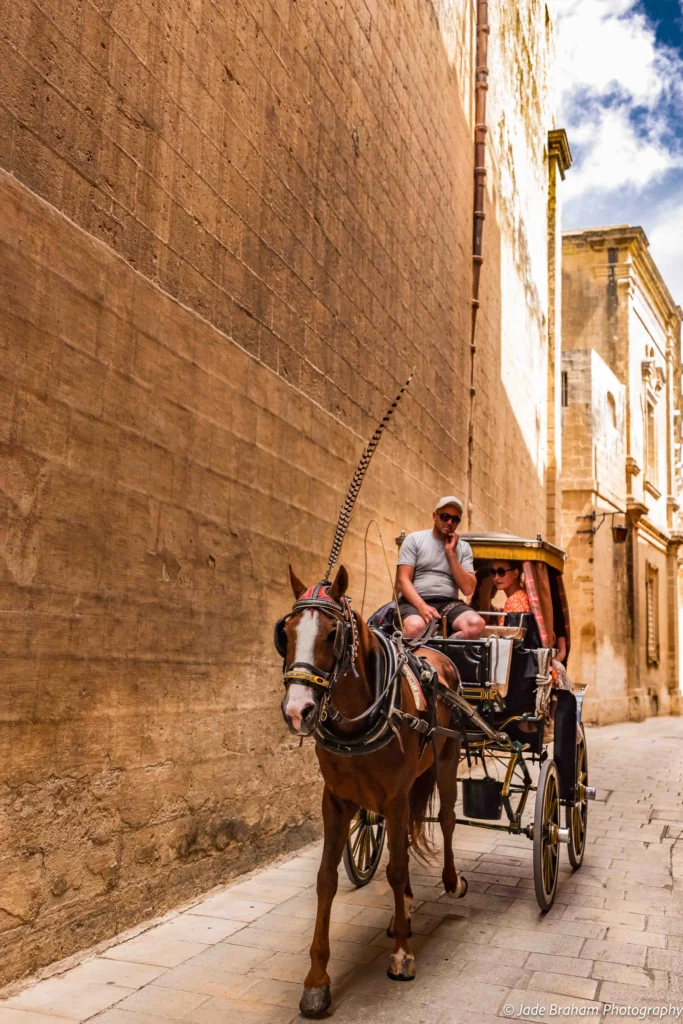
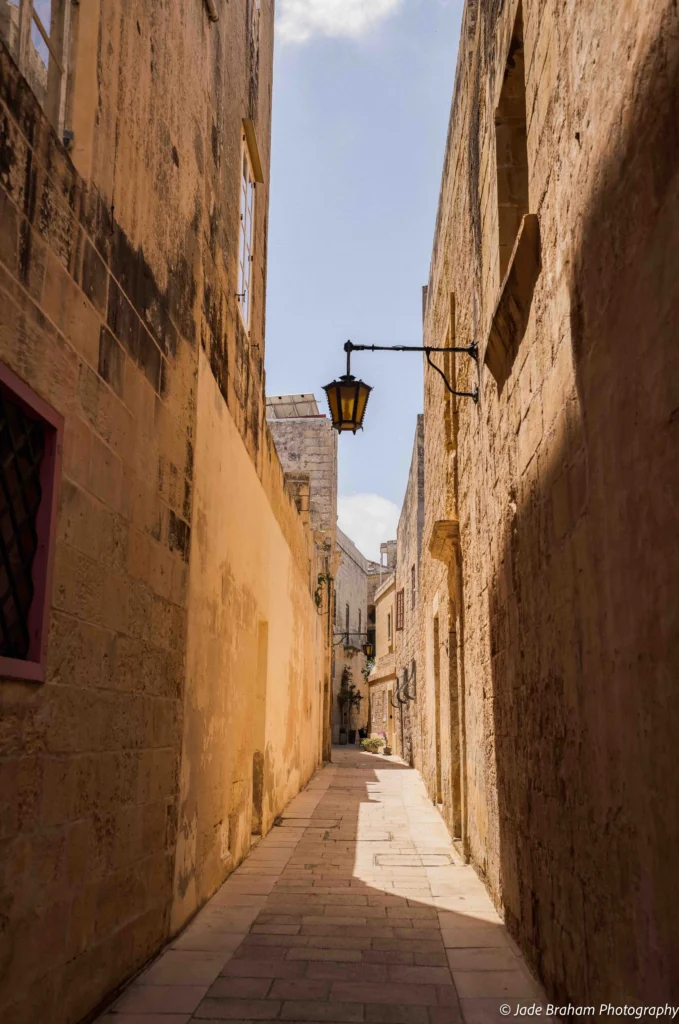
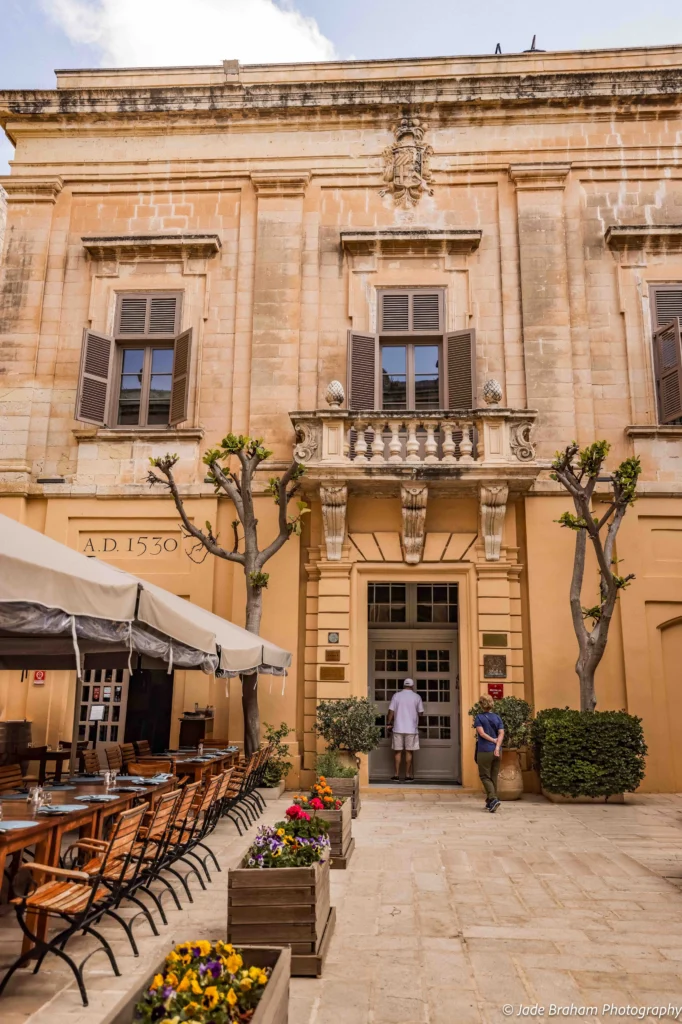
How to get to Mdina in Malta
No matter which city or town you choose for your holiday in Malta, a bus will take you to Mdina. Bus journeys across Malta cost €2.50 (daytime) and €3 (nighttime), and it’s super easy to use. A bus runs every 10 minutes, and each stop is announced, meaning you won’t miss your destination.
Travel hack: Don’t follow Google Maps, as it suggests you leave the bus several stops too early. Instead, I recommend letting the bus driver know you’re heading to Mdina, and he’ll point you in the right direction.
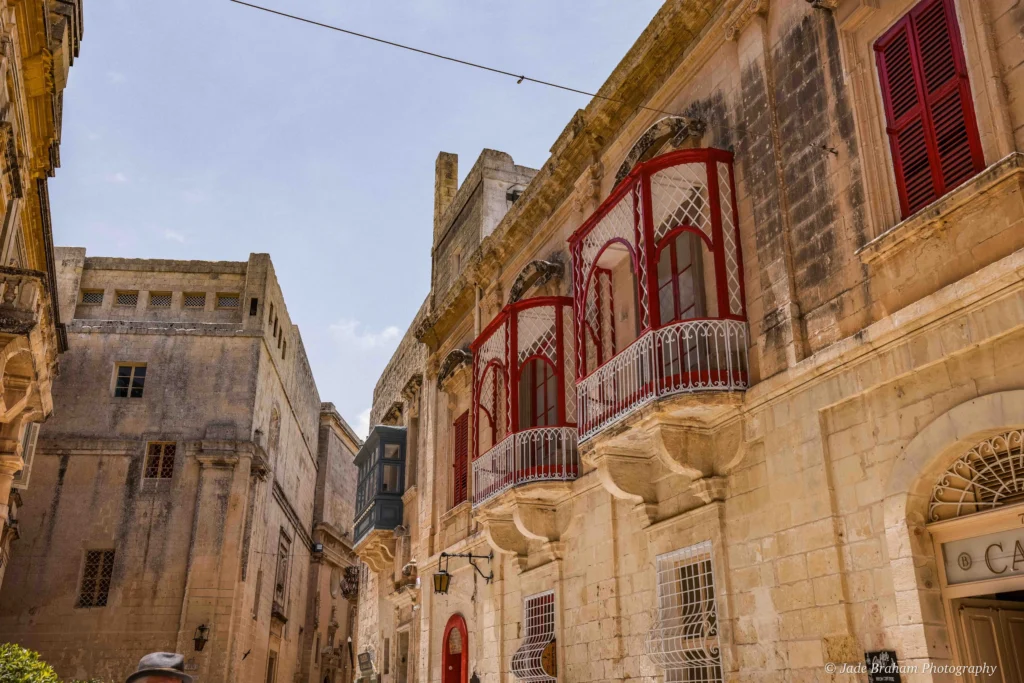
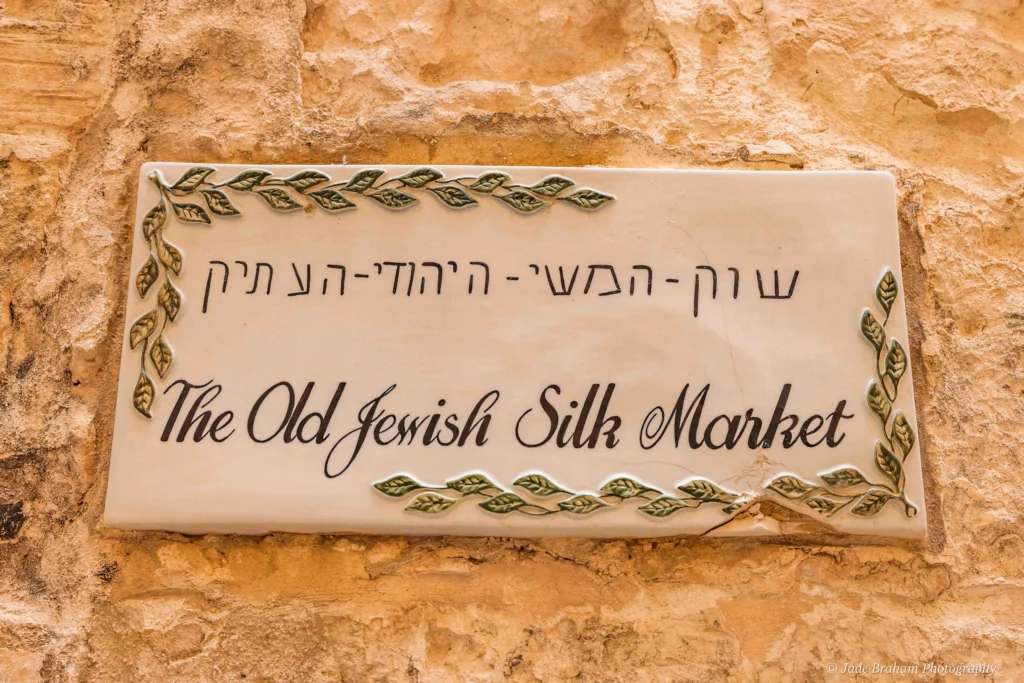
How to Spend a Day in Mdina in Malta
Start your day at Mdina’s Main Gate
No holiday in Malta would be complete without a visit to Mdina’s Main Gate, otherwise known as Vilhena Gate. It’s quite a statement piece, boasting 18th-century Baroque-style architecture, including two imposing lions and the Vilhena coats of arms. Charles François de Mondion, a prolific builder for the Order of St. John and Grand Master António Manoel de Vilhena, designed the Mdina Main Gate. He decorated the gate’s rear with reliefs of St. Agatha, St. Publius and St, Paul, who were the patron saints of Malta. Walk over the stone gate and peer downwards; you’ll see an enormous moat encircling the city’s perimeter. Observant film fanatics will also recognise this gate and bridge as the entrance to King’s Landing in Game of Thrones.
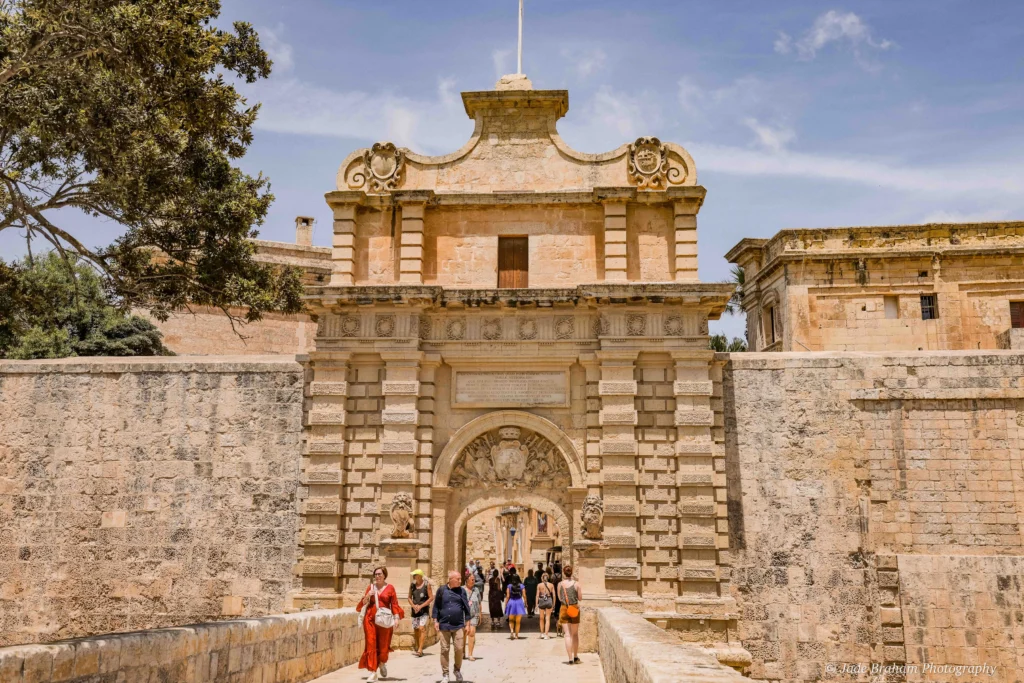
Let your feet be your guide
Mdina was Malta’s former capital city before Valletta existed. It’s not an exaggeration to say that the honey-coloured streets infused with majestic churches, flower-potted balconies and higgledy-piggledy streets adorned with twee tables look lost in time.
Indeed, history is remembered down every alleyway with flower-bordered plagues. My favourite was the sign signalling a street was once the Old Jewish Silk Market. I could imagine the narrow space filled with voices competing for attention and the rustle of silks as a potential buyer felt the product. So, my first suggestion is to walk Mdina’s streets for a few hours. Forget acquiring a map; just let your feet guide you. You’ll never know what charming scene awaits you.
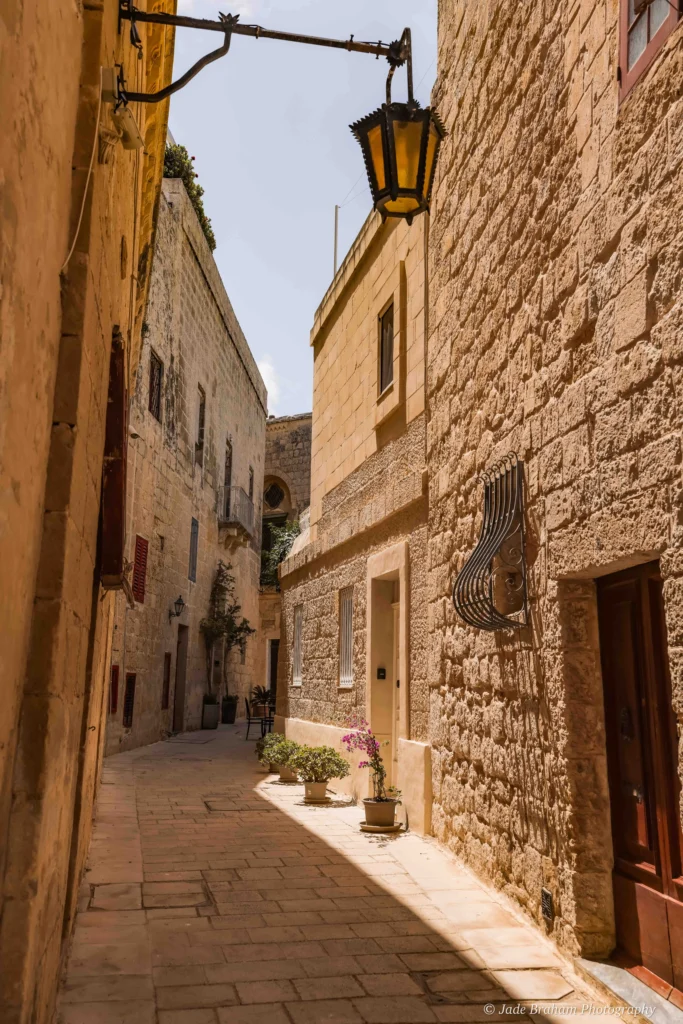
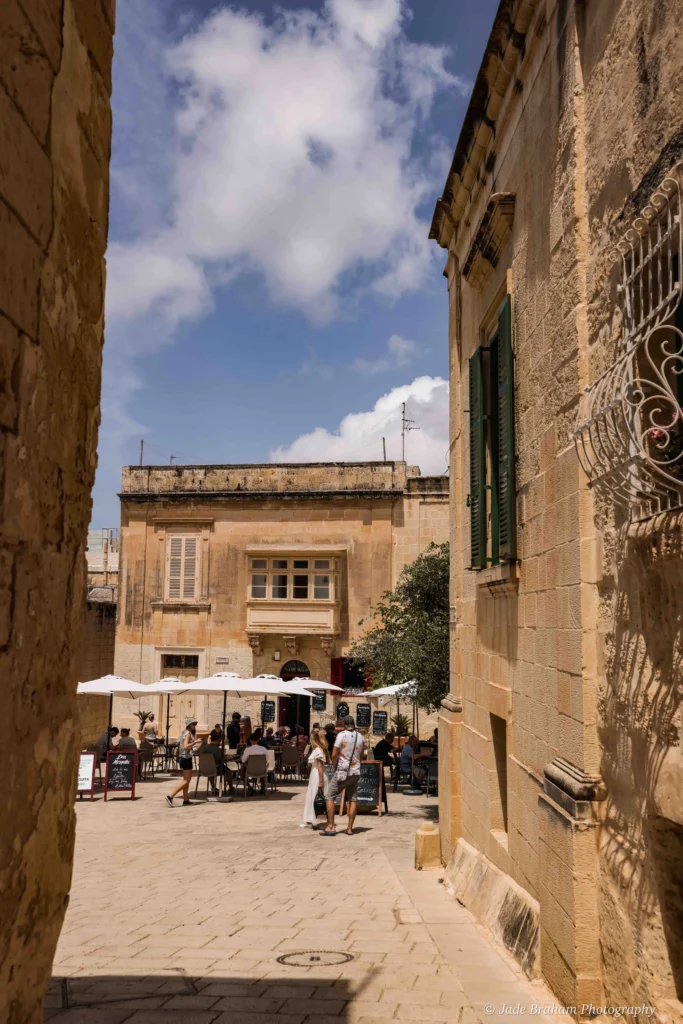

Admire St Paul’s Cathedral Mdina
One of the best things to do in Mdina is to walk along Triq Inguanez towards St Paul’s Square. The only sounds you’ll hear as you go are the clip-clops of horse-drawn carriages and the cathedral bell. The St. Paul’s Cathedral is the crown jewel of Mdina and was built by the Maltese architect Lorenzo Gafà in the 17th century. Historians say there was a much earlier Norman church on the same site. But this was destroyed by an earthquake in 1693. The earlier church had been built on of the House of Publius, belonging to the Roman’s top general, who was converted to Christianity by St. Paul in AD 60.
Mdina Cathedral’s dome is by far the most impressive part of the building. Mario Caffaro Rore of Turin painted it, depicting The Triumph of St. Peter and St. Paul. Other essential works to look out for are the marble statue of St. Publis (in the nave flanking the main door) and the medieval Baptismal Font. Also, look out for The Sacristy Door, which survived the earthquake and was one of the original doors of the medieval cathedral. The Sacristy Door was carved by Cola Curmi in 1520, and it includes two hieratic statues of St. Paul and St. Peter, the coat of arms of Malta, and Romanesque carvings of birds and animals.
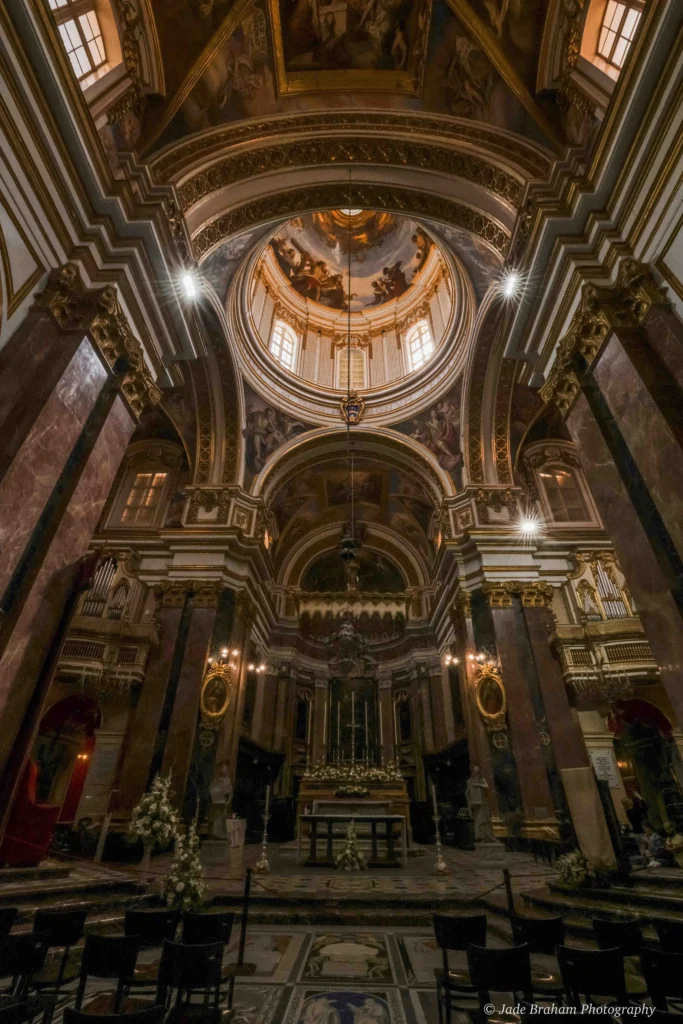

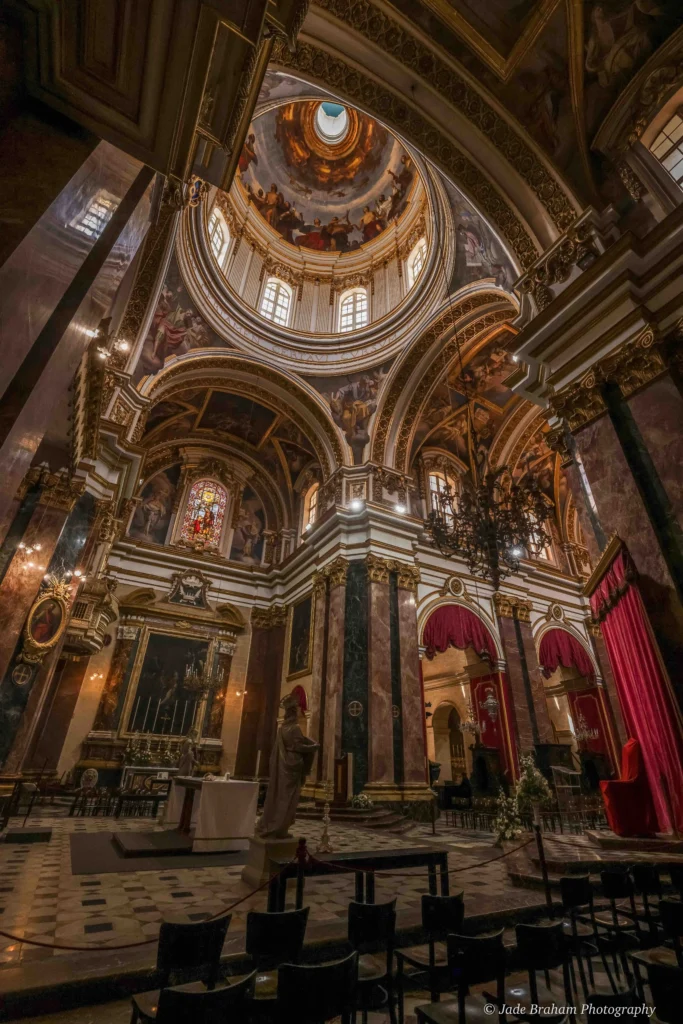
Cathedral Museum
Next door to St Paul’s Cathedral is the Cathedral Museum, housed in a Baroque building that was originally the seminary. The original building was constructed under the patronage of Bishop Paul Alphéran de Bussan. Here, you’ll find religious works dating from the 1300s and over 80 original engravings and woodcuts from Albrecht Dürer. The painting galleries have artwork from the 1300s to the 1800s, including Mattia Preti’s ‘Sacrifice of Isaac’ and local Maltese artists.
St Paul’s Cathedral entrance ticket includes access to the Cathedral Museum. They are open Monday to Friday between 9.30 am and 4.30 pm and Saturdays between 9.30 am and 2.45 pm. Tickets cost £8.60.



Lunch at Mesquita Square
Many squares in Mdina, Malta, offer the classic European scene: white umbrellas covering wooden tables where locals sit with wine glasses. Nearby, elderly gentlemen rest on rickety stools while the smell of freshly baked bread permeates the air. But my favourite is Mesquita Square. At its core is an ancient well surrounded by buildings dating to the Middle Ages. Once again, fans will recognise this peaceful piazza as the backdrop of Petyr ‘Littlefinger’ Baelish’s debauched brothel in Game of Thrones. Stop briefly at Don Mesquita Café & Wine Bar for salads with ingredients harvested from local farms. The wine is pretty good too!
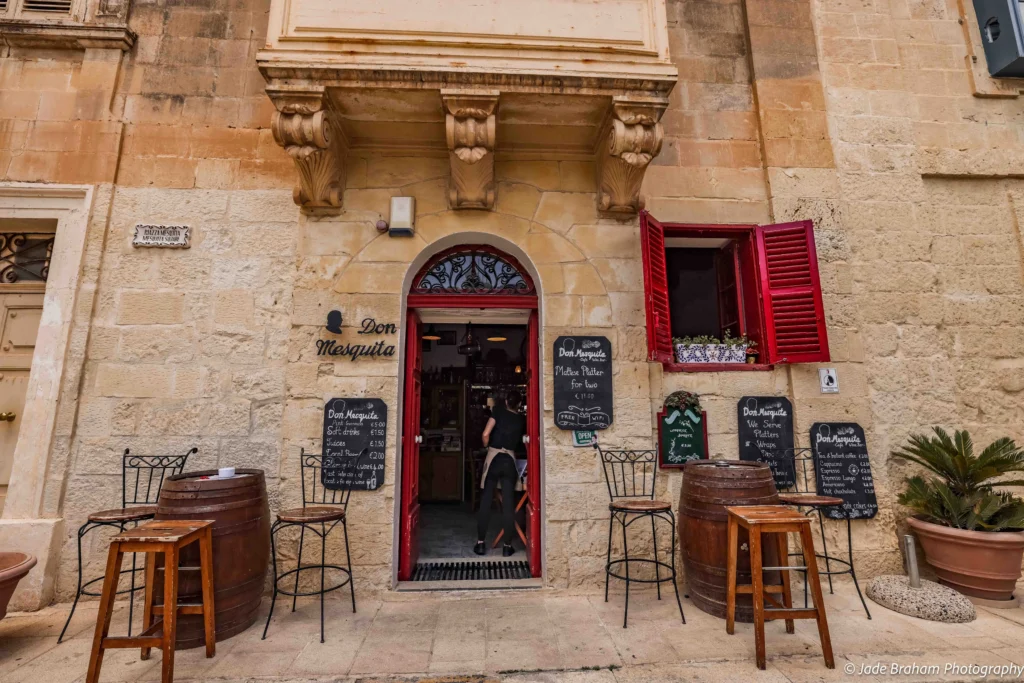
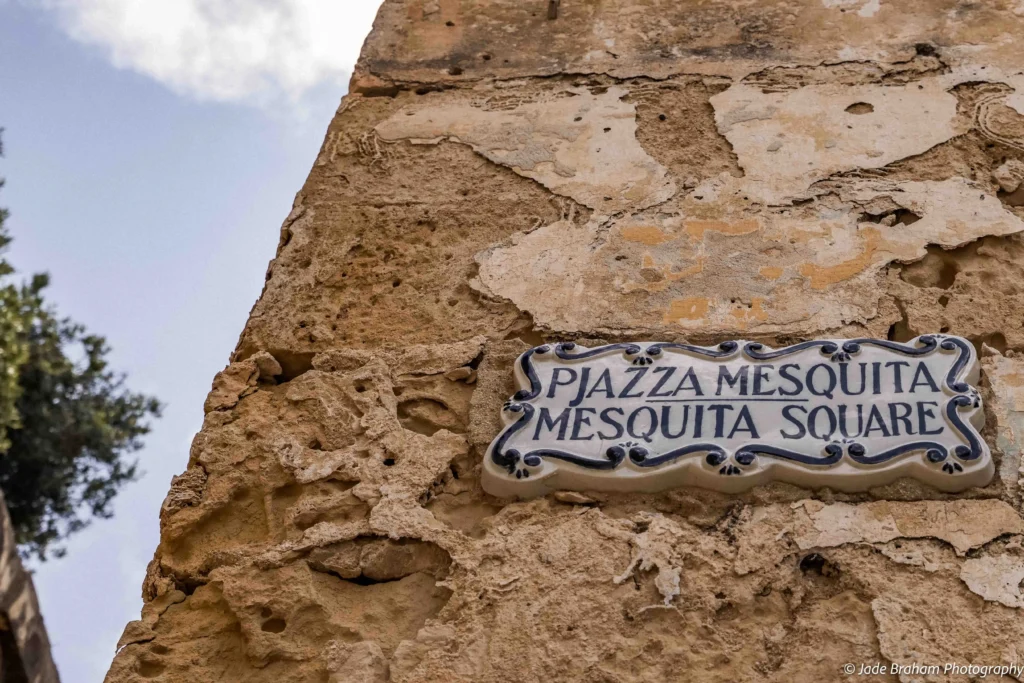
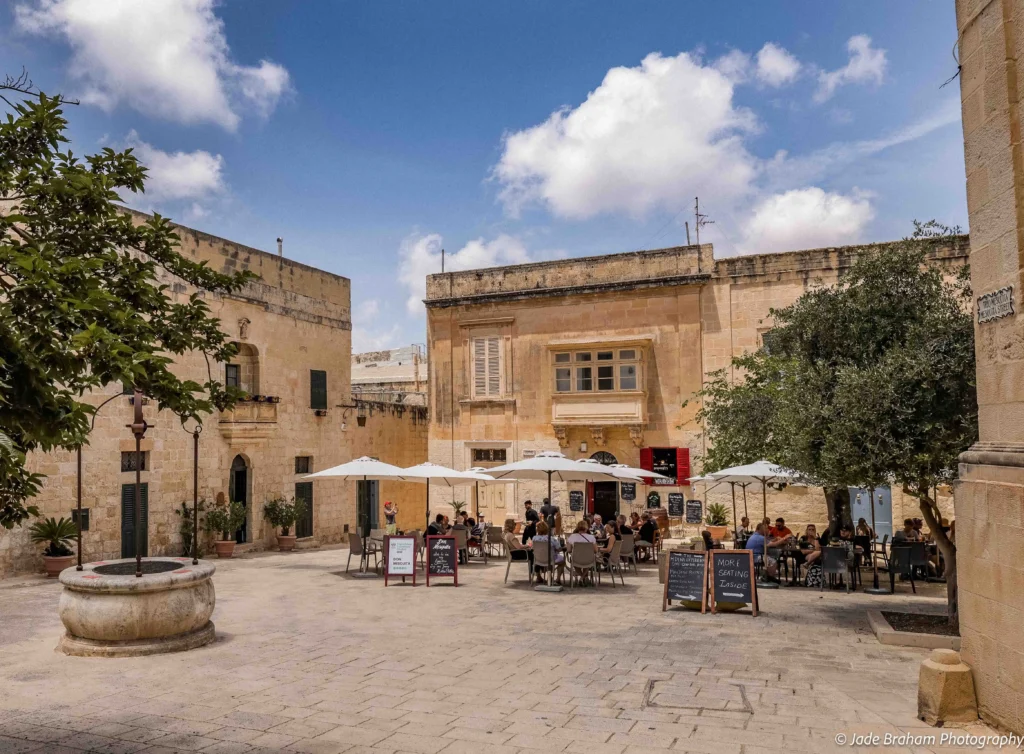
Enjoy coastal views from Bastion Square
For the best panoramic views in Mdina, head to Bastion Square. It’s an easy and leisurely walk from Don Mesquita, and it’s the perfect post-lunch activity. The square is usually the busiest spot in Mdina and everyone has their cameras out. Nearby are shops selling the exquisitely crafted Mdina glass.
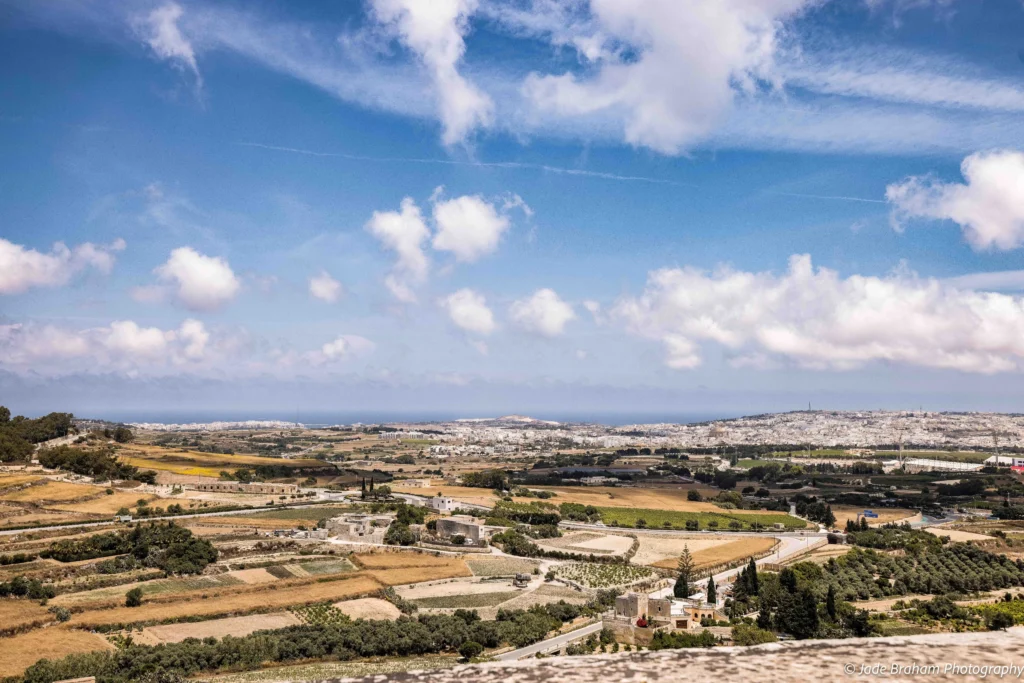
Take a Peek inside a beautiful palazzo
If the sun’s too hot, one of the best things to do in Mdina is to pop into Palazzo Falson. This is a medieval house dating from the 13th century. Palazzo Falson is like a personalised museum, boasting furniture, items, and clothing from Captain Olof Frederick Gollcher, an artist, soldier, philanthropist, and collector who lived here. Inside is a treasure trove of antiques, artworks and 4,500 books. I loved seeing the art studio as it has been left in its original state, with paintings on easels, paintbrushes scattered across the tables, and hats hanging on the walls. The palazzo also has one of the most picturesque courtyards in Malta, with a spectacular Renaissance staircase and a pseudo-Siculo-Norman fountain.
Tickets cost €12 for adults, and they include an audio guide and a 10% discount at Gustav Café.
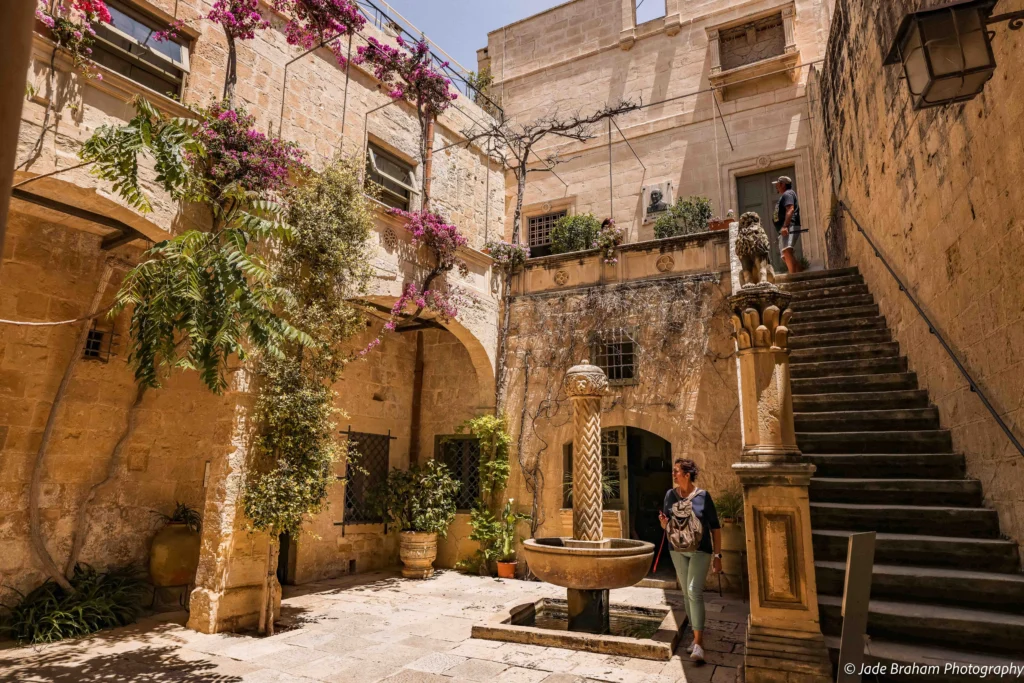
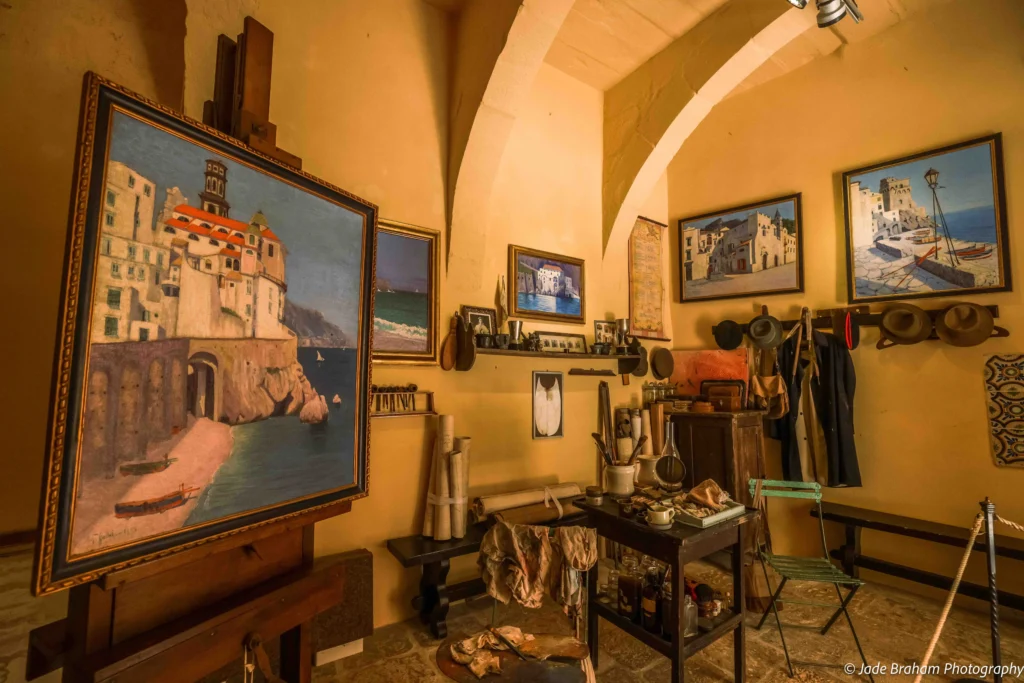
Travel back in time at Hagar Qim and Mnajdra Archaeological Park
If you have extra time, hop on a bus to Hagar Qim and Mnajdra Archaeological Park for 5,000-year-old prehistoric temple complexes. Their sea cliff location is impressive, but nothing compared to the megaliths adorned with prehistoric counting methods, interconnected chambers, and altars. You’ll start in the museum, which tells you about the history of the temples, and then walk to the main building of Hagar Qim. The temple’s central passage is paved with stone slabs, and you’ll find the original low-relief carved altarpiece. Copies of these can be found in the National Museum of Archaeology in Valletta. Check out my itinery here to learn more about spending two days in Valletta. Another thing to look out for is the largest megalith, which weighs more than 20 tonnes.
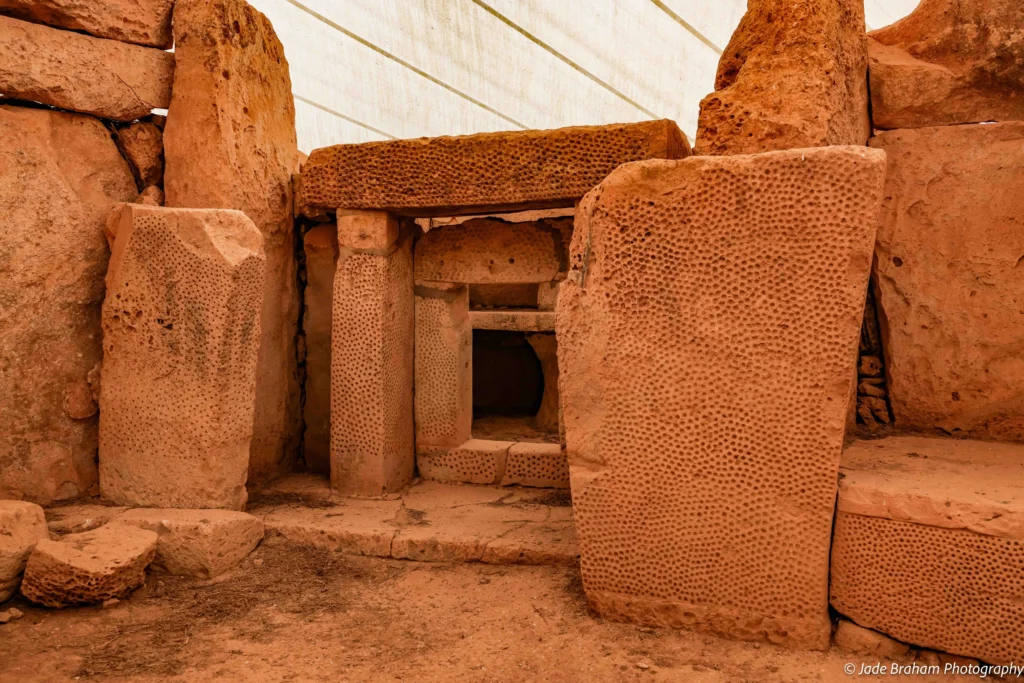
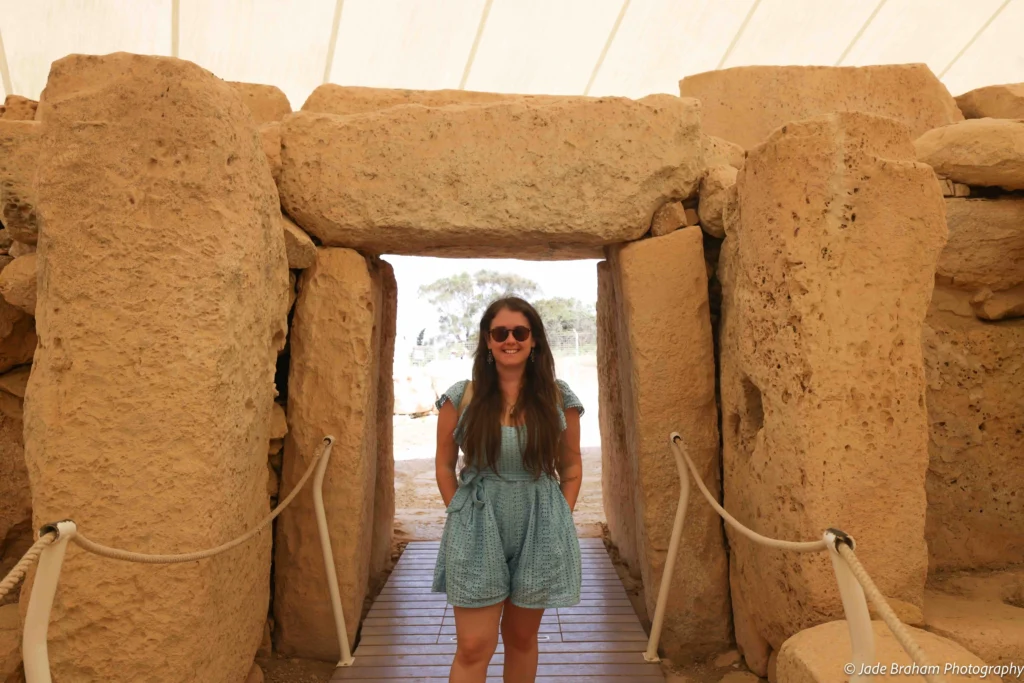
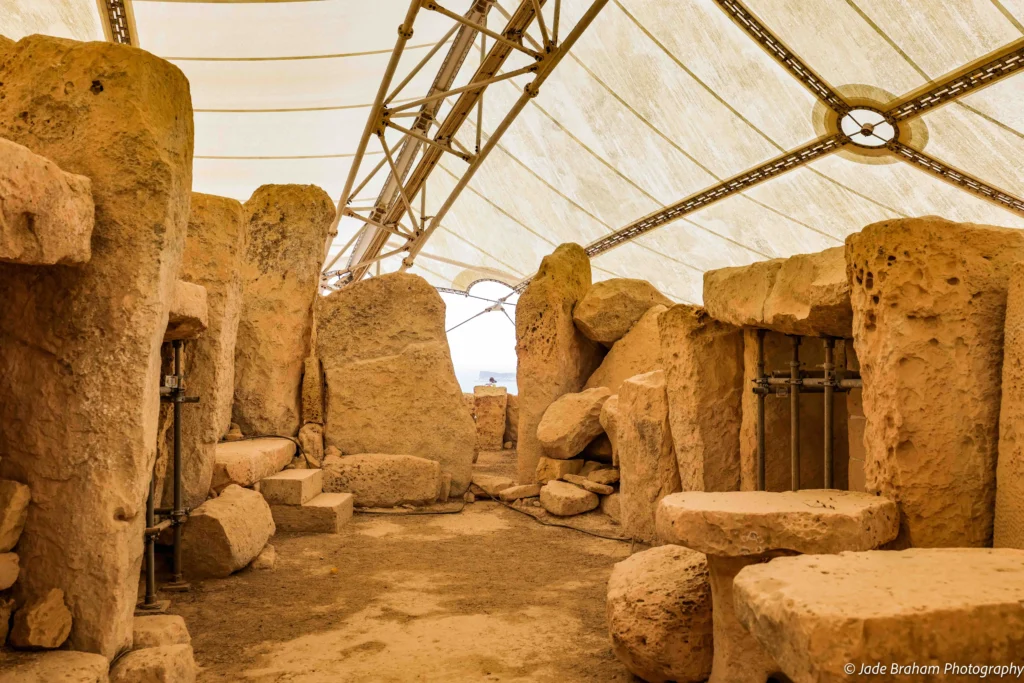
You’ll then head to Mnajdra, which consists of three buildings built with coralline limestone. The South building’s doorway is aligned with sunrise during the Spring and Autumn equinoxes. In the central temple, you’ll find a separate chamber that you can enter through a small doorway with an ‘oracle hole’. The function of this is unknown.
Tickets are €10 for adults and €7.50 for children. The temples are open between March and December and from 10 am and 6 pm.
Dine at Medina Restaurant
One of my favourite restaurants in Mdina in Malta is the award-winning Medina. This was originally an 11th-century Norman home that has transformed into a trendy eating spot. I’d highly recommend the house risotto with brined lemon and a garnish of sautéed peppers. I demolished my plate and almost ordered another one immediately after!
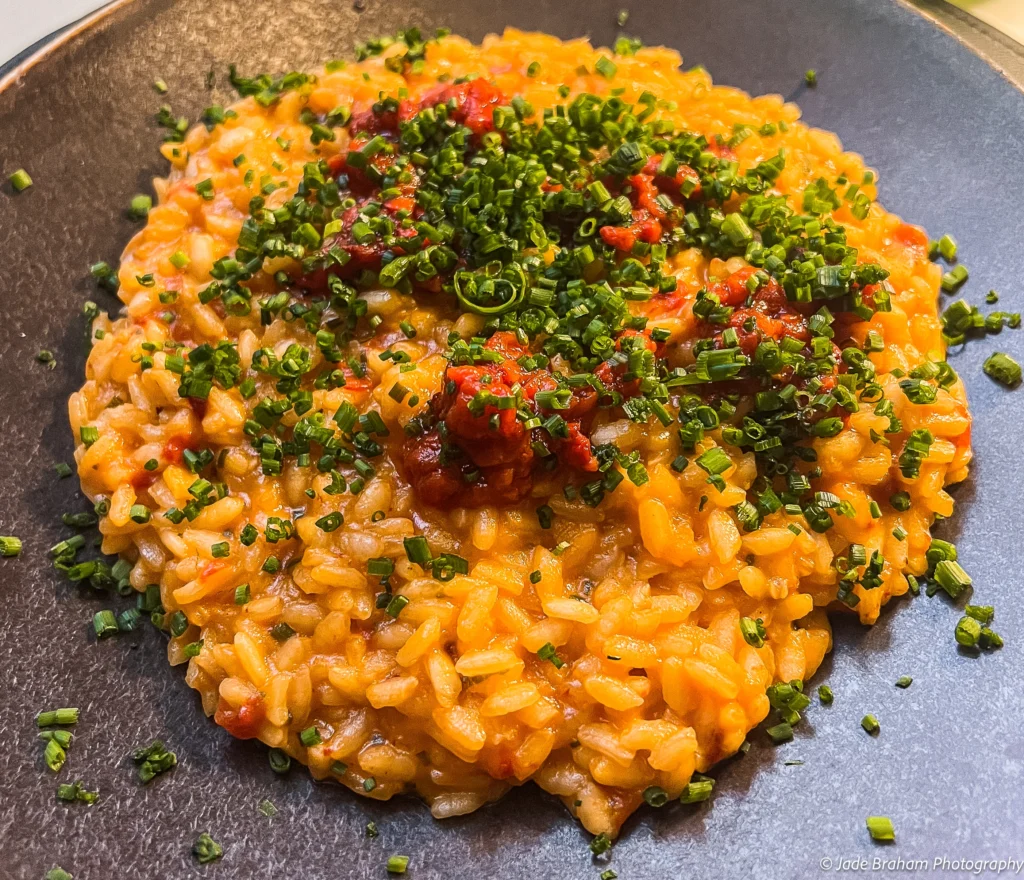
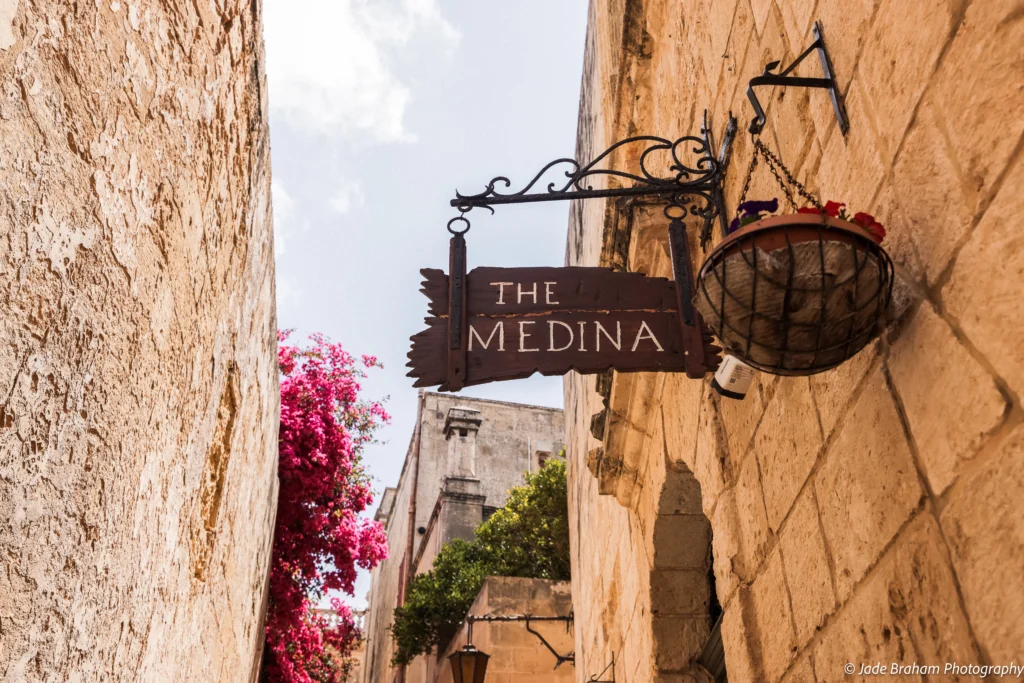
Stay at Mdina Xara Palace Hotel
The Xara Palace is a 17th-century palazzo positioned on Mdina’s bastioned walls, and I couldn’t recommend it enough. Mdina Xara is one of the best hotels I’ve ever stayed at! It once belonged to Malta’s aristocracy but has been converted into a luxurious 5-star hotel. The Xara Palace’s corridors are filled with antiques, while its walls are adorned with original artworks. Each bedroom has palatial-esque furnishings, and the highly personal, attentive, and relaxed service makes your stay feel extraordinary. If you don’t feel like the King or Queen of Mdina after this, then you certainly will after sampling its award-winning cuisine at its onsite Michelin Star restaurant.

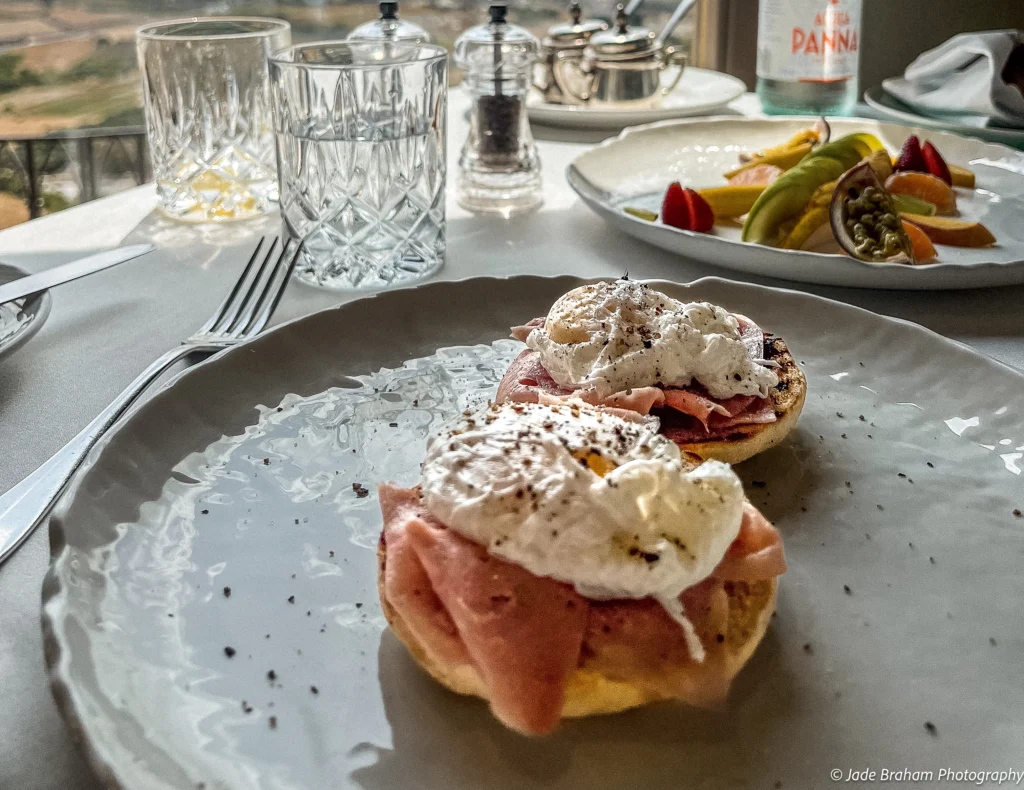
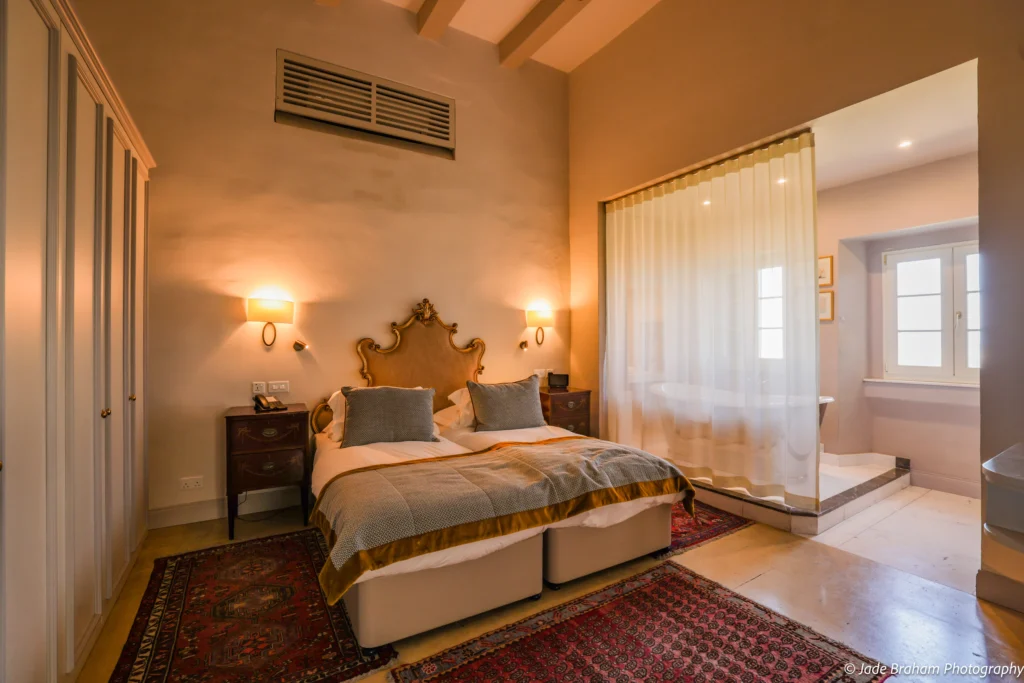
Final Thoughts on Mdina in Malta
I would recommend Mdina in Malta to any traveller who loves history, prefers quieter cities, adores award-winning cuisine, and admires the preservation of local cultures. There’s honestly nothing about Mdina that I could complain about. It’s picture-perfect, charming, and has one of the best luxury hotels in Malta. Doesn’t this city sound like the perfect addition to your holiday in Malta?
Will you be visiting Mdina? If so, comment below what you’re most excited to see.
Like Mdina in Malta? Pin it for later!
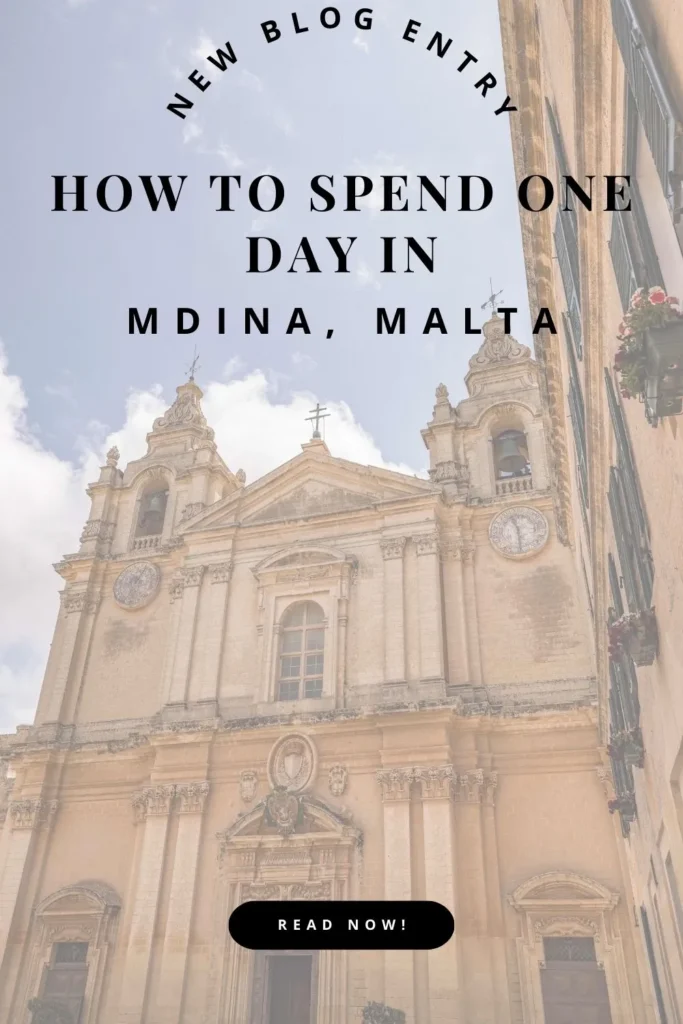

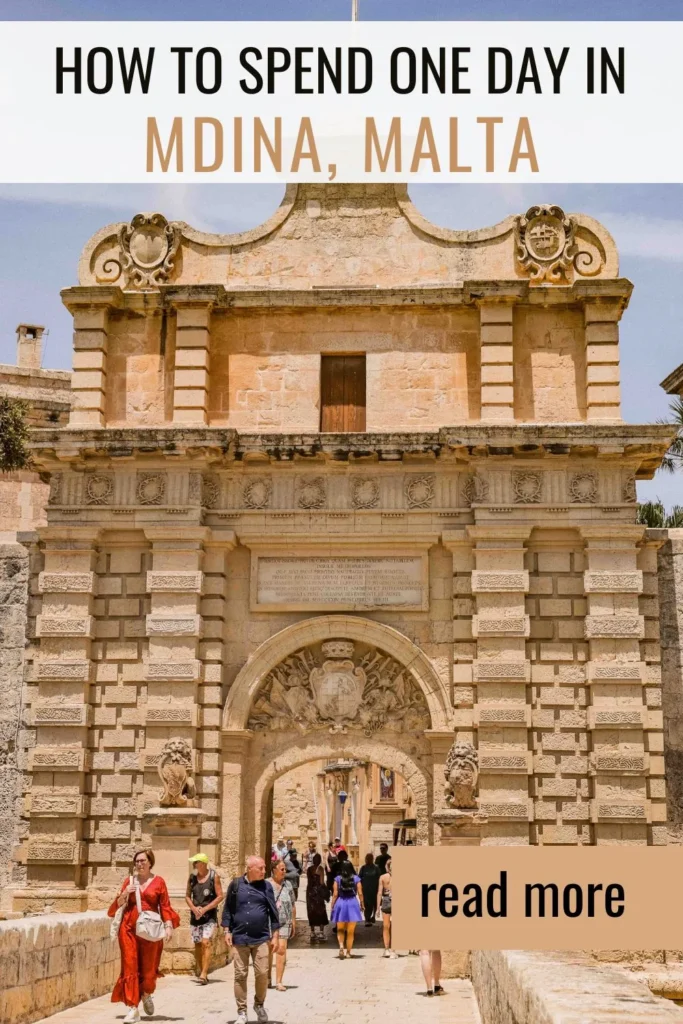

![Baths of Caracalla [Guide]](https://jadebrahamsodyssey.com/wp-content/uploads/2019/10/71649195_409239486455315_1611838085874581504_n.jpg)
